Wildlife cameras installed within the Seymour and Coquitlam watersheds have captured an abundance of animal activity, including some sightings that have brought a pleasant surprise to local environment enthusiasts.
The images depict black bears exploring with their cubs or curiously investigating snow stakes, a bobcat trotting through leaves and a cougar making its way through fresh snow. Yet it is the appearance of a gang of elk, some captured sparring in front of the camera, others showing mothers and their young, alongside a number of lone wolves, that have really set tongues wagging.
“Most species commonly caught on the cameras are what we would have expected, like black tailed deer, black bears, bobcats, coyotes, and cougars,” said Kirstie Rendall, supervisor of environmental management with Metro Vancouver’s Water Services.
“What we really weren’t expecting was the capturing of large numbers of elk, and now we’re starting to see wolves moving into some locations, too.”
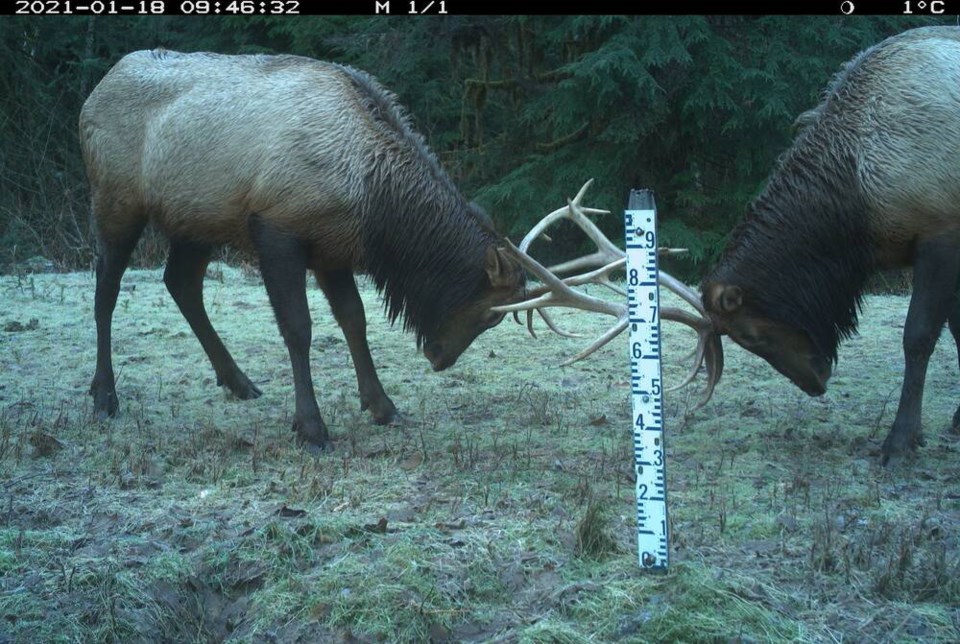
Prior to these sightings, evidence of elk and wolves was limited and largely anecdotal, she said, and so knowledge on movement patterns or population numbers was scarce.
“Now we’ve been able to identify several wildlife travel routes that are consistently being used by elk and other wildlife, including predators like the wolves,” she said, adding how many of these trails are often deactivated service roads, no longer in use to the public and thus a prime thoroughfare for wandering species.
“We’ve even been capturing some elk on camera that are collared individuals, which suggests that they are migrating into the region from the neighbouring Indian river and Squamish area,” she said.
“That’s been interesting to see, it was not expected at all.”
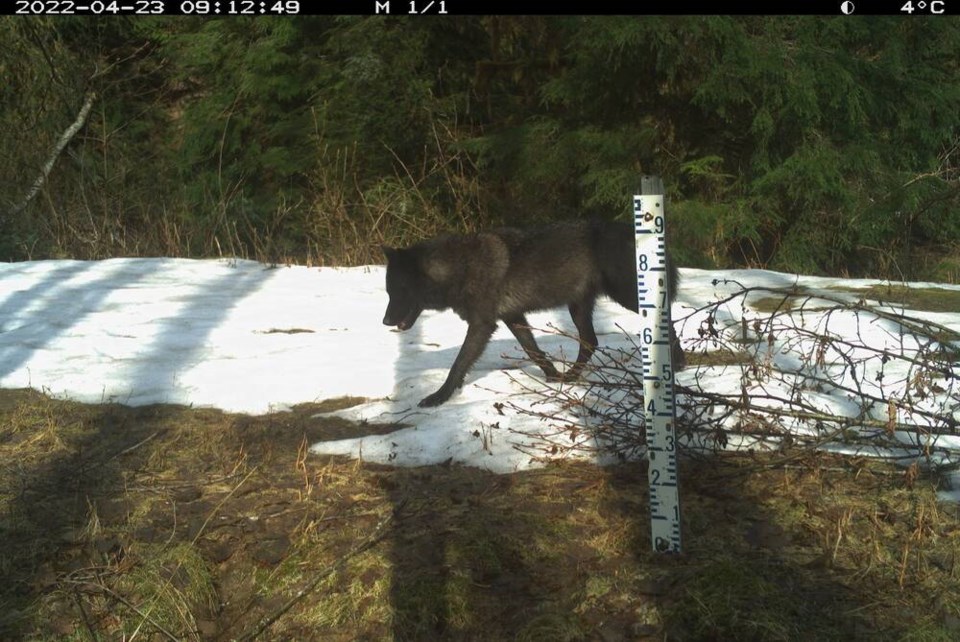
The camera program, orchestrated by Metro Vancouver’s Watersheds and Environment Division, was initiated in 2017 via a single camera in the Capilano reservoir, with the aim of garnering better understanding of the species that inhabit the area. The program has since grown to see two more implemented in the Seymour and Coquitlam regions.
With the watersheds protected from developments and the public to ensure the water is of the highest drinking quality for local residents, the areas function as de facto wildlife reserves - a refuge from human disturbance in an otherwise urban landscape.
Rendell said the presence of the two species are an indicator of “a healthy environment”, with the Roosevelt elk, a subspecies of the North American elk, and the wolves both playing important roles in maintaining the ecosystem.
While one, as one of the area’s largest herbivores, created diversity in the forest’s vegetation layers, the other controls the region’s prey populations.
“Having this healthy thriving ecosystem is critical to maintaining the clean, reliable supply of drinking water that metro Vancouver is responsible for,” she said.
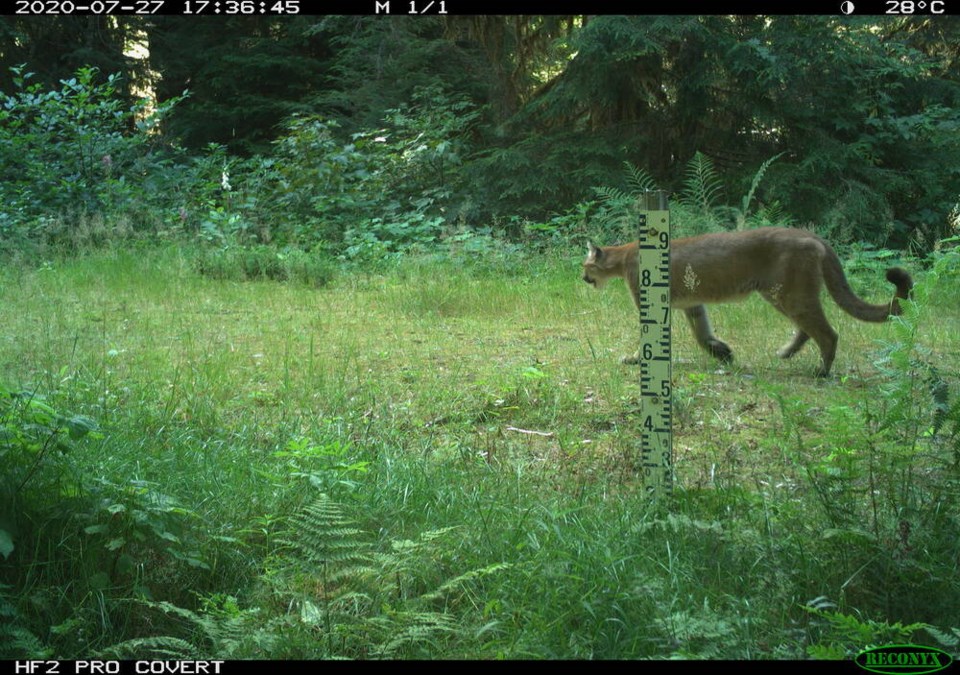
“Since Europeans have arrived here the elk and wolf populations have been severely impacted by our habitat loss and all our activities, so it’s so nice to see these populations rebounding and our animals moving back into their historic home ranges.”
Following such promising findings Randell has only high hopes for the future, with the Water Services team crossing their fingers for the return of other, once prevalent species.
“Grizzly bears are mostly absent from southwest B.C., and we haven’t had any known sightings inside the water supply areas for decades now,” she said.
“But recently there have been more sightings in the north, and we’re hopeful that the bears will eventually make their way down to the watersheds and repopulate what was once part of their natural range.”
Until then, Rendell said witnessing the reemergence of the wolves and elk, alongside being given a peek into the hidden lives of the frolicing black bears, the curious cougars and other wildlife that inhabit the three watersheds, is satisfactory enough.
“There is really nothing more rewarding,” she said.
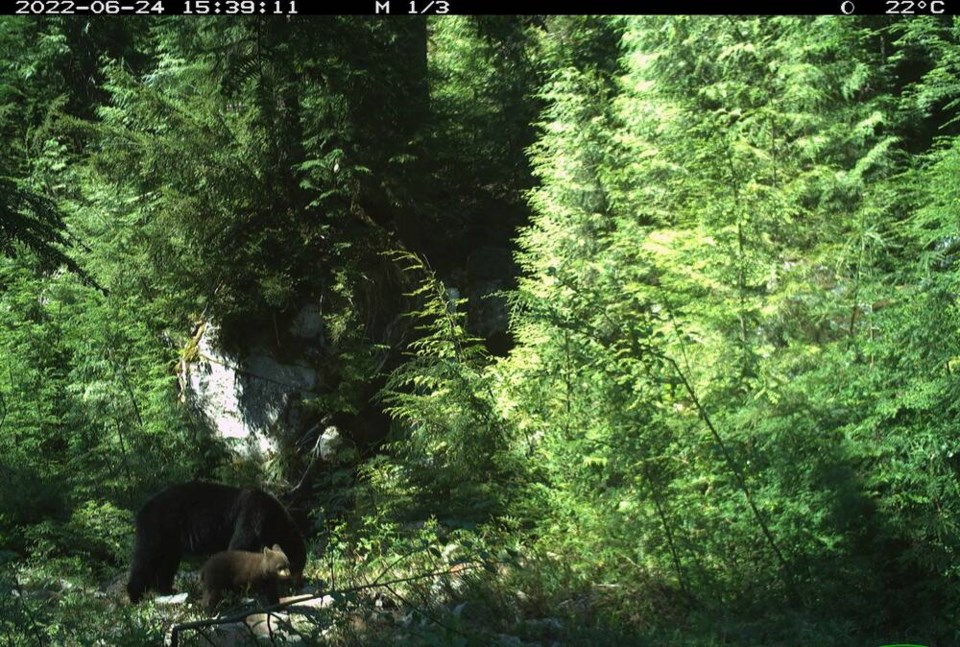
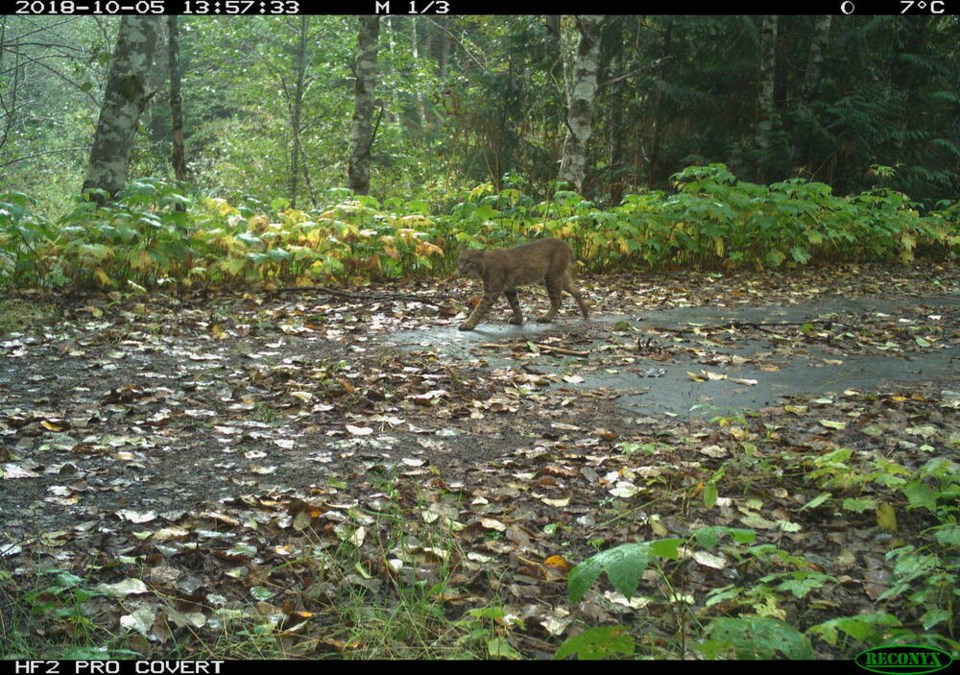
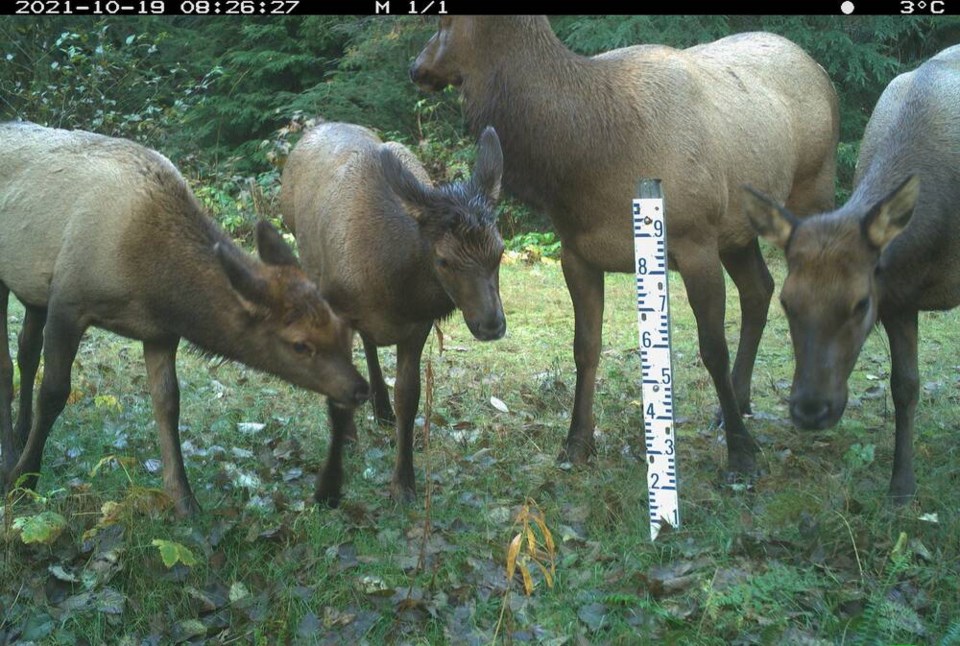
Mina Kerr-Lazenby is the North Shore News’ Indigenous and civic affairs reporter. This reporting beat is made possible by the Local Journalism Initiative.



